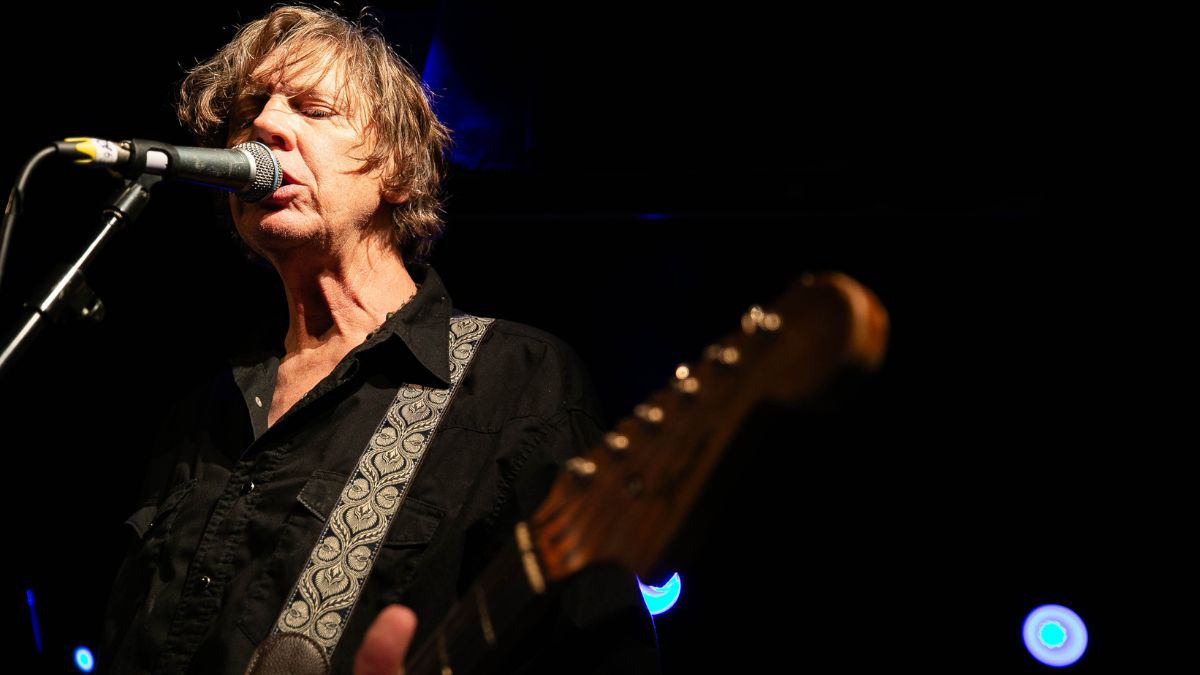“Our guitars were so bad, we couldn’t make them work for us. Glenn came over to my apartment with six guitars, three under each arm, and threw them onto the futon”: Sonic Youth are now alternate tunings icons – but the band opted for them out of necessity
The noise-rock icon is famous for his love of weird tunings, but that fixation only happened with a little help from one of the NY art-rock scene’s biggest innovators

Sonic Youth have been dabbling voraciously with alternate tunings for decades, and now, Thurston Moore has recalled the exact moment the band began that journey, revealing that a New York art-rock guitarist helped them achieve their lightbulb moment.
The band had arrived with 1983’s Confusion Is Sex, with all the songs in the old reliable standard tuning. But, as Moore says in the new issue of Guitar World, they were left wanting.
“We were aware of musicians using different tunings in downtown New York in the scene we were in – the art-rock composers like Glenn Branca,” he preludes. “I was amazed by that, but I didn’t think it could be employed in a traditional rock band lineup.”
Branca was making waves in the New York scene with his trippy, ambient, and avant-garde compositions that hinged on the different sonic possibilities of alternate tunings. Who better, then, to educate a young Thurston Moore?
“I remember saying to Glenn that [our] guitars were so bad that we couldn’t really make them work for us,” he relays. “He came over to my apartment with six guitars, three under each arm – no cases or anything – and threw them onto the futon. It was amazing.”
But this was no mere toe-dipping into DADGAD. Branca’s innovating teeted on the brink of insanity.

“He had one that had six .10-gauge strings all tuned to E, for example,” Moore goes on. “We started to really delve into alternatives to standard tuning. I’d just strum the open strings and adjust them until I liked what it sounded like, and then I’d make a note of what the strings were tuned to in that tuning.
All the latest guitar news, interviews, lessons, reviews, deals and more, direct to your inbox!
“This was before you could buy tuners very easily – I used to tune Kim’s bass to a Black Uhuru record,” he adds, “then tune our guitars based on that.”
For Moore, it was a chance to find his voice on the electric guitar – Confusion Is Sex had been a relative success, but he knew there were more interesting worlds out there begging to be explored.
“I never saw myself as much of a guitarist in standard tuning anyway; I never really engaged with traditional tuning,” he confesses. “I didn’t feel like I needed to express myself in that tuning and never felt comfortable in standard.
“In some ways I felt more under pressure because the world was so full of great players who were in standard, and I had no interest in trying to compete with them.”
Moore has since employed a feast of oddball tunings throughout his career. Songs like Silver Rocket, Candle, and Cinderella's Big Score employ a very open, perhaps Branca-inspired tuning of A-C-C-G-G#-C.
His 1995 solo LP, Psychic Hearts meanwhile, is written almost exclusively in C-G-D-G-B-B tuning. Listing them all would be an exhausting exercise akin to transcribing Frank Zappa’s Black Page.
I’d strum the open strings and adjust them until I liked what it sounded like, and then I’d make a note of what the strings were tuned to
Thurston Moore
The guitarist’s full GW chat features in the latest issue of Guitar World. Elsewhere in the mag, there’s a look at AC/DC’s Back in Black 45 years later, Robin Nolan discussing how he played George Harrison’s guitars for a gypsy jazz tribute album to the Beatles’ legacy, and interviews with Deafhaven and Alex Lifeson.
Head to Magazines Direct to pick up an issue.
In related news, Moore has also hailed Nina Garcia as noise-rock's secret weapon – while actor-turned-guitarist Devon Ross has spoken about the Sonic Youth man loving her demos as she dove into the depths of songwriting.
A freelance writer with a penchant for music that gets weird, Phil is a regular contributor to Prog, Guitar World, and Total Guitar magazines and is especially keen on shining a light on unknown artists. Outside of the journalism realm, you can find him writing angular riffs in progressive metal band, Prognosis, in which he slings an 8-string Strandberg Boden Original, churning that low string through a variety of tunings. He's also a published author and is currently penning his debut novel which chucks fantasy, mythology and humanity into a great big melting pot.
You must confirm your public display name before commenting
Please logout and then login again, you will then be prompted to enter your display name.


